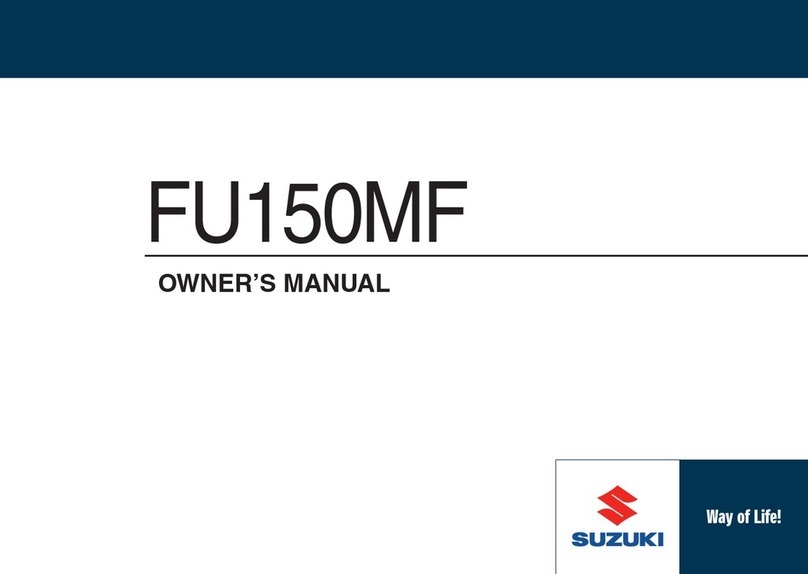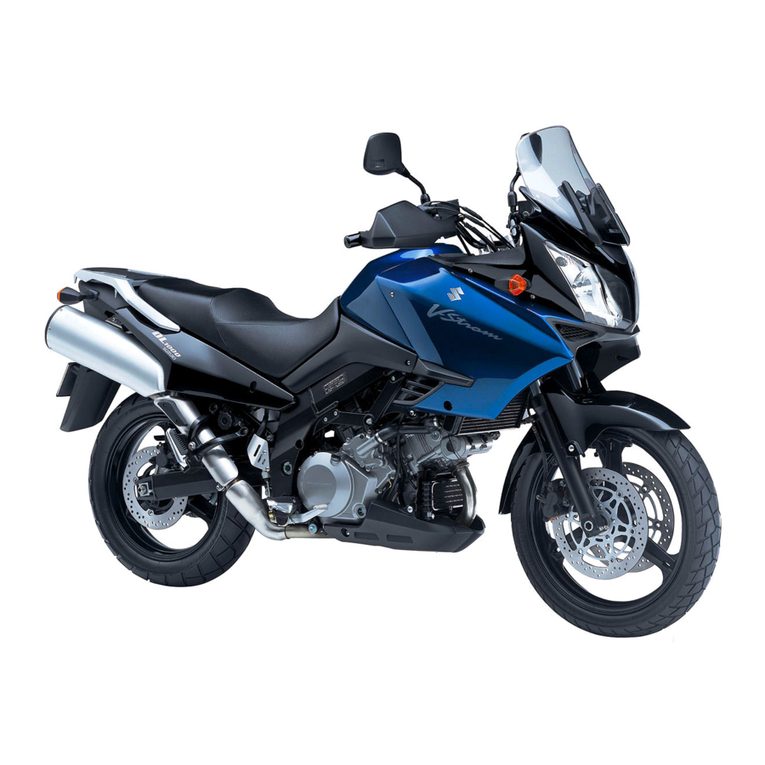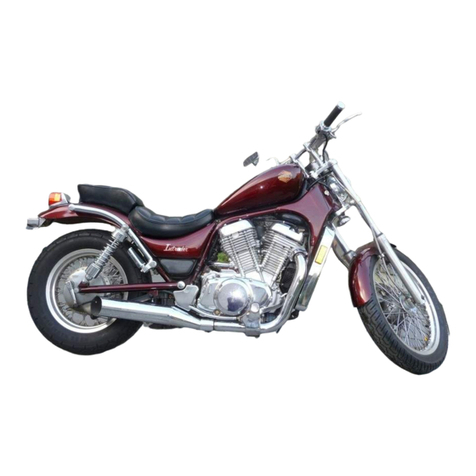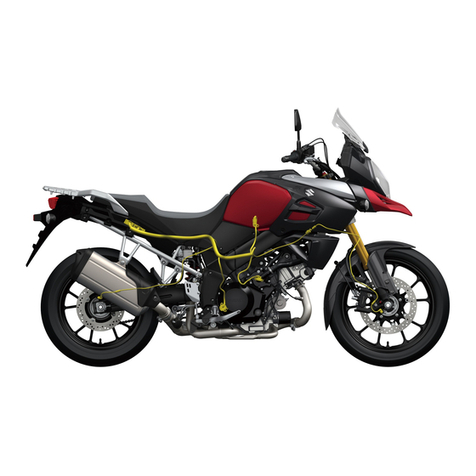Suzuki DR-Z70K8 User guide
Other Suzuki Motorcycle manuals
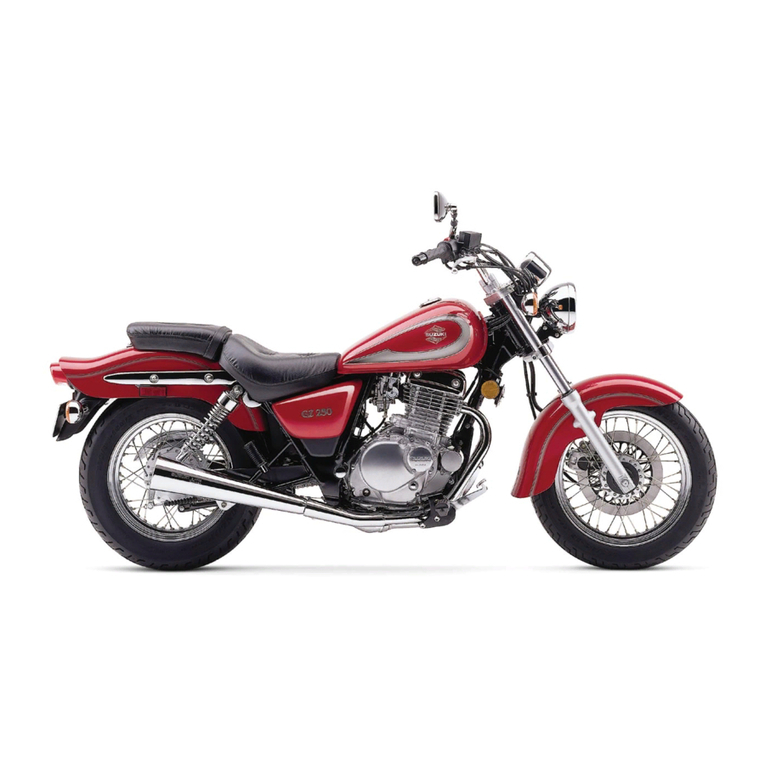
Suzuki
Suzuki GZ250 1999 User manual

Suzuki
Suzuki Intruder VZ800 User manual
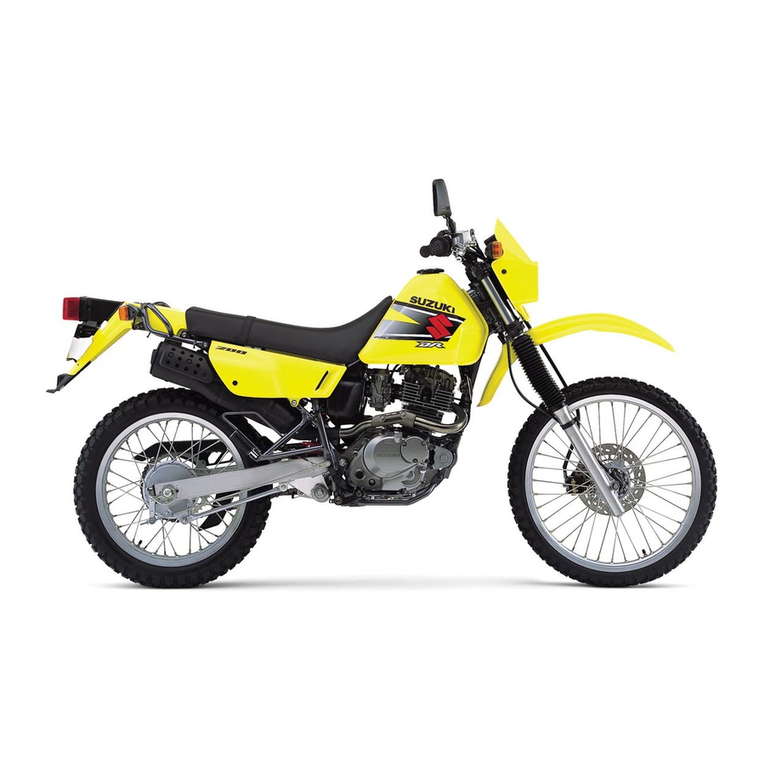
Suzuki
Suzuki DR200SE User manual

Suzuki
Suzuki RM-Z250 Application guide

Suzuki
Suzuki PE250 User manual
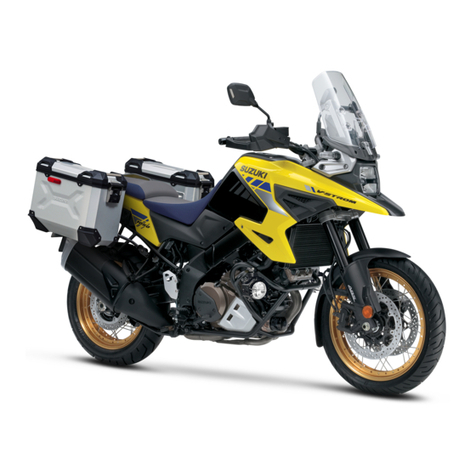
Suzuki
Suzuki V-STROM 1050 2022 User manual

Suzuki
Suzuki DR650SE User manual

Suzuki
Suzuki RM-Z450 User manual

Suzuki
Suzuki RM-Z250L9 User guide
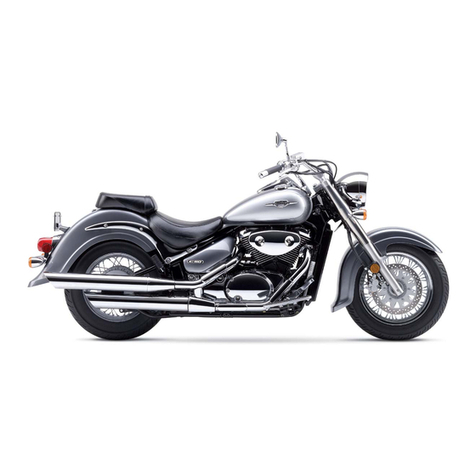
Suzuki
Suzuki Intruder VL800 User manual
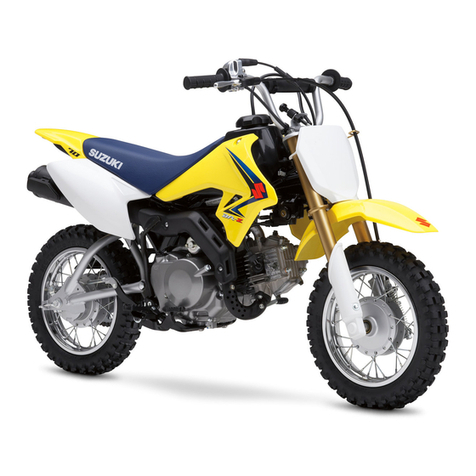
Suzuki
Suzuki DR-Z70 User manual

Suzuki
Suzuki RM-Z250 Application guide

Suzuki
Suzuki DR 125 User manual
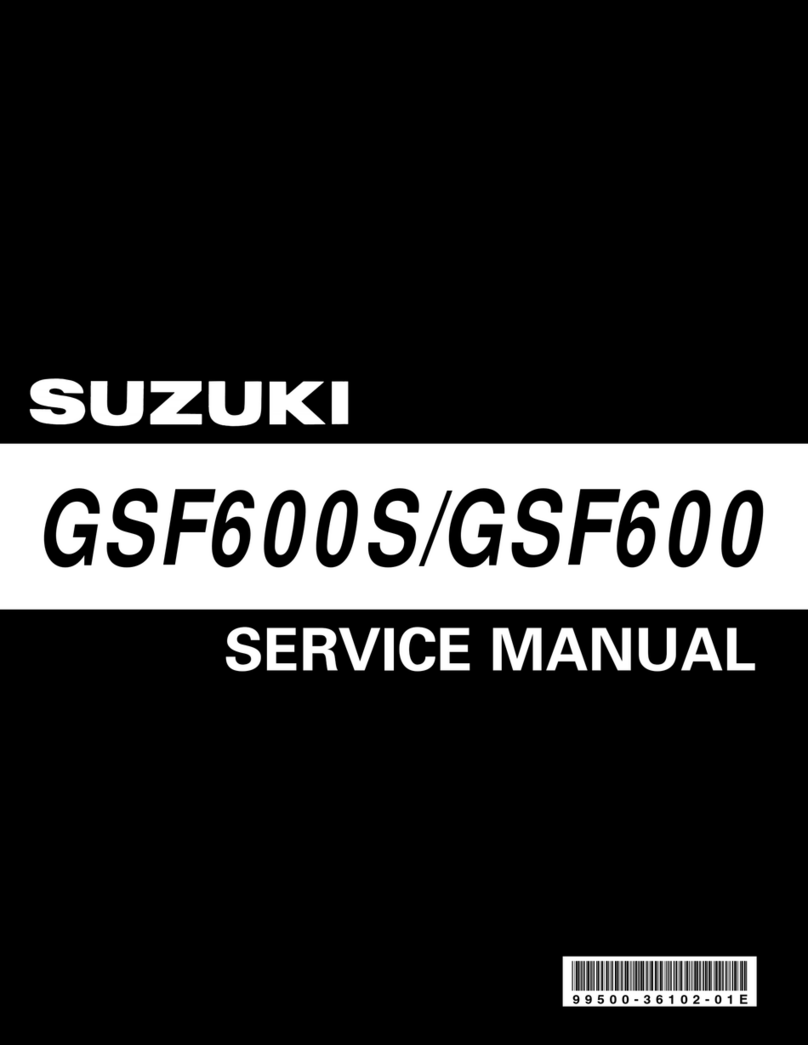
Suzuki
Suzuki GSF600Y 2000 User manual

Suzuki
Suzuki GSX1400 User manual
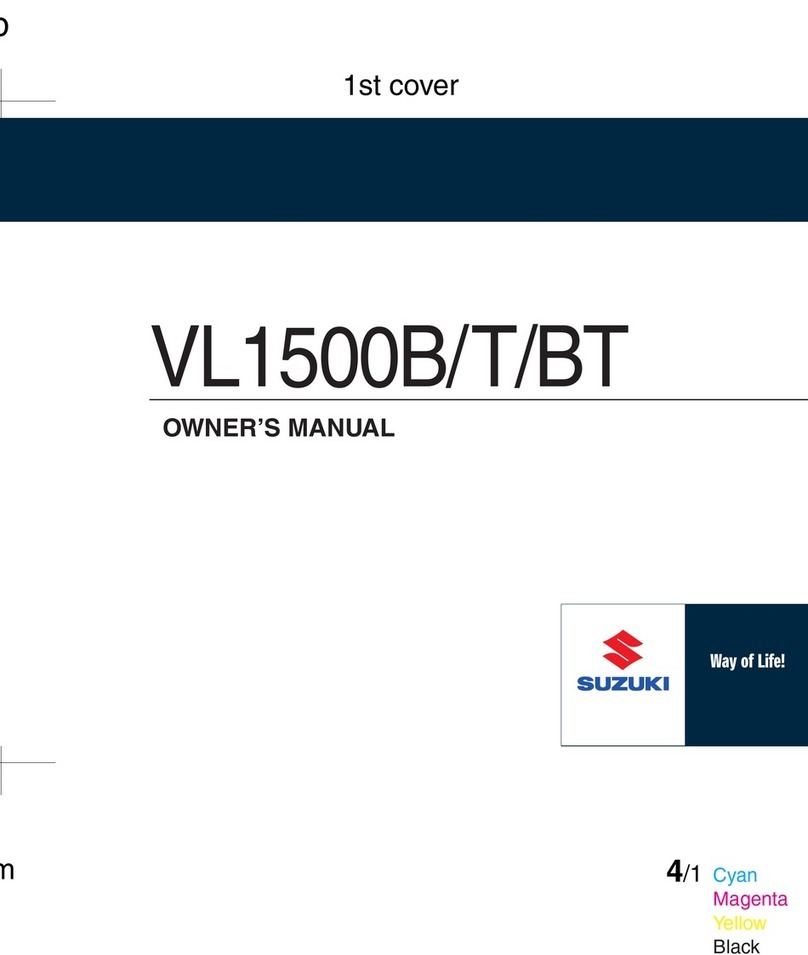
Suzuki
Suzuki Intruder VL1500B User manual
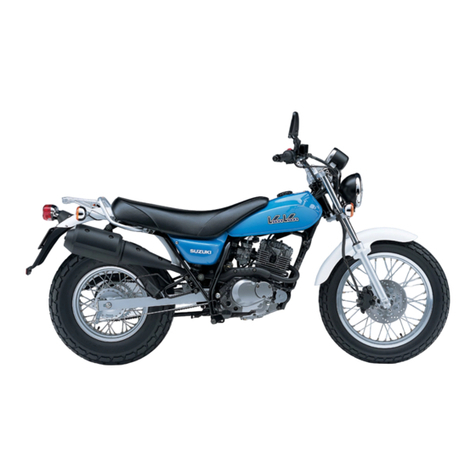
Suzuki
Suzuki RV125K3 User guide
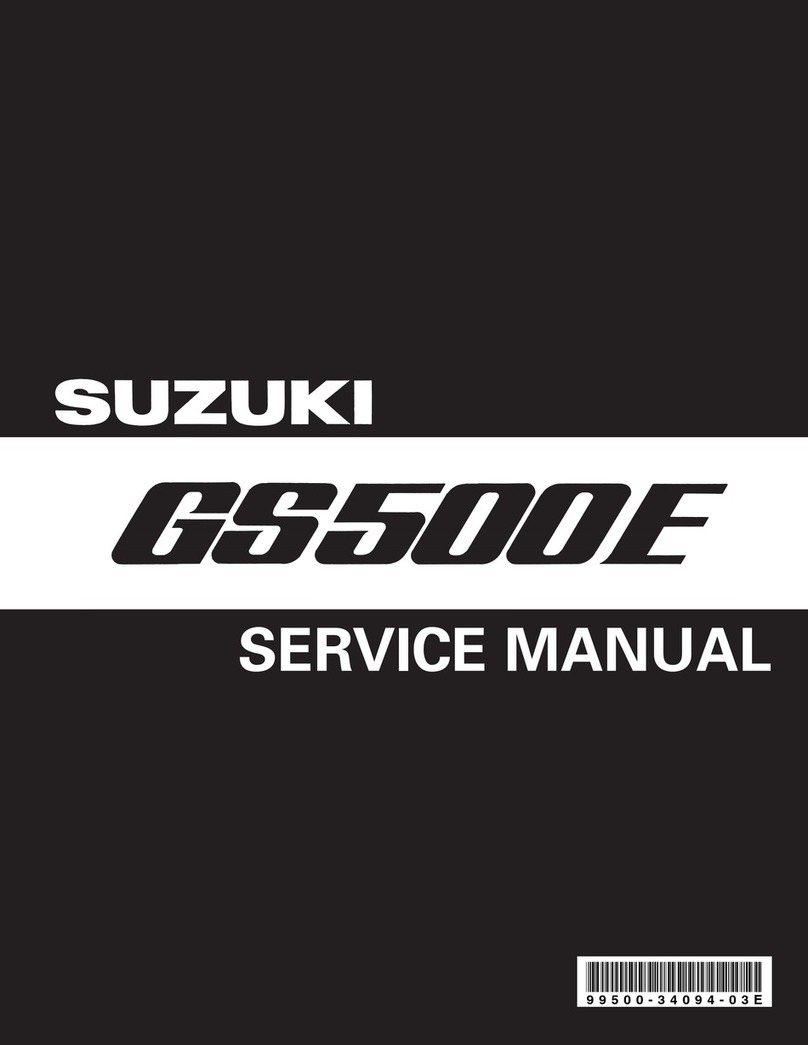
Suzuki
Suzuki GS500E User manual
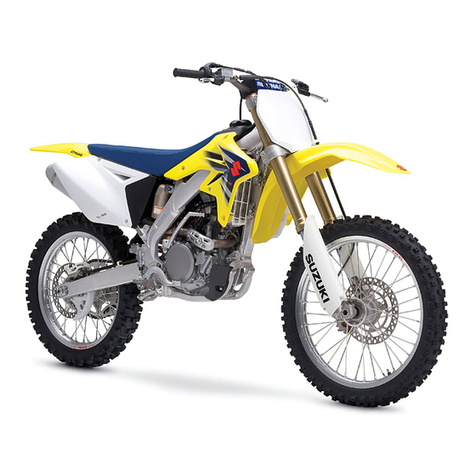
Suzuki
Suzuki RM-Z450 Application guide

Suzuki
Suzuki Katana 1100 User manual
Popular Motorcycle manuals by other brands

MV Agusta
MV Agusta Brutale 675 Workshop manual

APRILIA
APRILIA RSV MILLE - PART 1 1999 User manual content

Royal Enfield
Royal Enfield Himalayan 2018 owner's manual

SSR Motorsports
SSR Motorsports Lazer5 owner's manual

MOTO GUZZI
MOTO GUZZI 2005 Griso 1100 Use and maintenance book

KTM
KTM 85 SX 19/16 owner's manual
